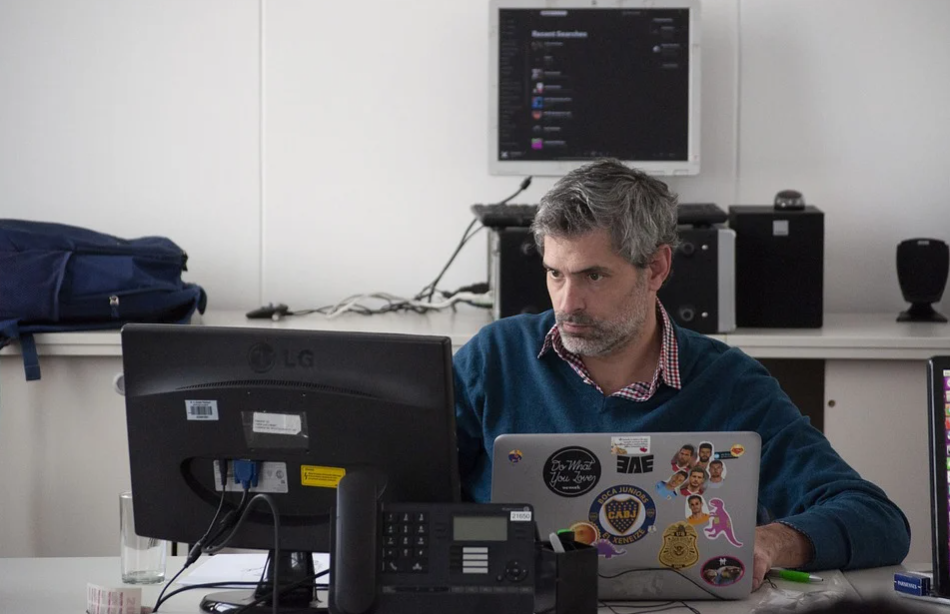When attending Scrum certification, you will learn three different roles. Those three roles are the Product Owner, the Scrum Master, and the team. They are all essential for agile software development. In this guide, you will learn more about the first primary role, the Product Owner. Hopefully, you will get valuable insights, especially on the responsibilities, so you can enhance your knowledge when working on a Scrum team.
Be Responsible for the Project’s Success
 In the Scrum team, the Product Owner is the one who would be accountable to ensure the project’s success. The Scrum Product Owner should describe their vision to the application advancement team and plan the work to be done in the backlog. More importantly, she or he should prioritize the tasks according to the business value. In this case, they have to operate the project hand in hand with the team and the stakeholder. As a result, the Scrum Product Owner must be publicly ready to be there for the development team to guide and respond to questions for the team.
In the Scrum team, the Product Owner is the one who would be accountable to ensure the project’s success. The Scrum Product Owner should describe their vision to the application advancement team and plan the work to be done in the backlog. More importantly, she or he should prioritize the tasks according to the business value. In this case, they have to operate the project hand in hand with the team and the stakeholder. As a result, the Scrum Product Owner must be publicly ready to be there for the development team to guide and respond to questions for the team.
Resist Micro-Management
The Product Owner might have a mixture of authorization. It happens because their availability to the team may cause it nearly impossible for the Product Owner to withstand the urge to micromanage. In this case, the Product Owner has to apply the development value of agile software methods that respect self-organization so that the team can accomplish their job based on the plan. It also usually means the Product Owner cannot add a task mid-process. Suppose it needs change, or the main competitor releases a product that renders goals meaningless. The Product Owner must delay it until the next scheduled planning meeting to redirect the team’s objective. In such a situation, you can imagine how tough it is to manage a leadership focus when deadlines are approaching nearly soon. Plus, customers are making last-minute requests.
Make a Decision
Since the Scrum Product Owner is accountable for the business success, they should give in the top business value. It usually involves making tough and obnoxious decisions during the scheduled planning meeting. Considering the product owner is the only person who decides on the reception if the project fails, they must be aggressive about which aspects of a commodity are essential, when to put them together, and many more. The Product Owner must present the product to the customer based on the customer’s specifications, while the team is responsible for delivering the negotiated order to the Product Owner.
Based on the explanation above, the Scrum Product Owner has vital roles when working on a Scrum team’s project. They can acquire excellent skills to handle the team and other variables to achieve success. By focusing on collaboration and communication, Scrum draws everyone from programmers to stakeholders to work hand in hand for reaching something better.




